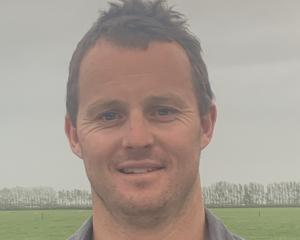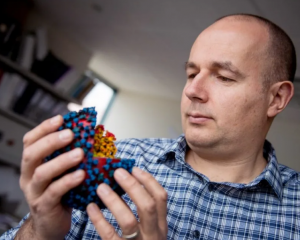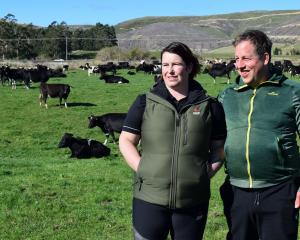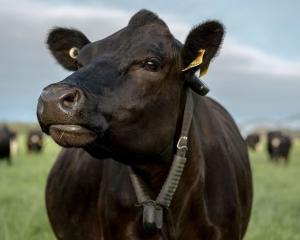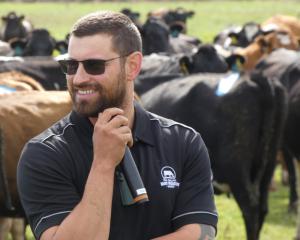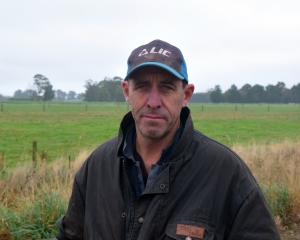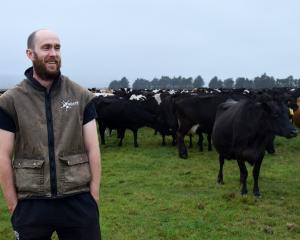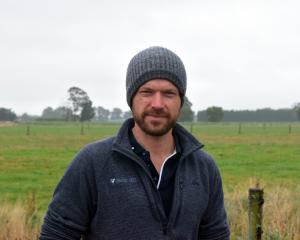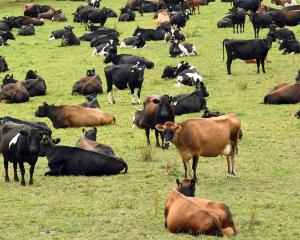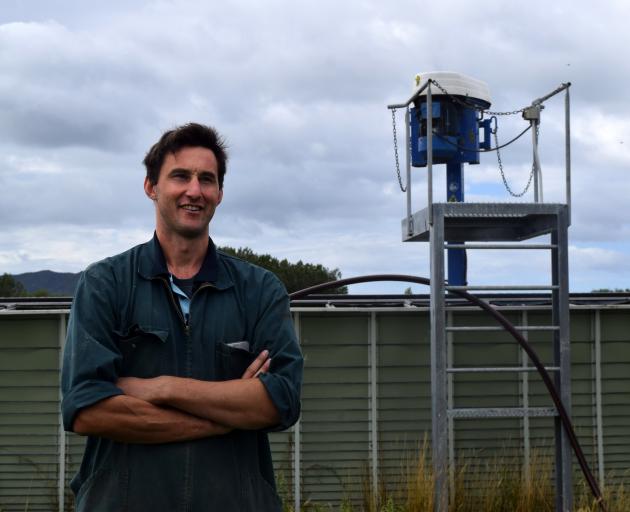
A 3.5 million-litre Kliptank effluent system was built on the farm owned by Ted Wong, on Inch Clutha, in 2015.
Mr Wong’s son-in-law Michael Souness had just started dairy farming at the time and was on his honeymoon when the tank was being built.
Mr Souness, who is now a lower order share-milker and part owner of the farm, spoke about the Kliptank as part of an effluent facility tour last week.
The Kliptank was built because an effluent pond on the farm was too small as the dairy platform increased.
A positive of the Kliptank was it being robust — it had been "maintenance-free" since it was installed.
An issue with the Kliptank was when the effluent level got low and more solid, the stirrer inside it was less effective.
The stirrer was about 30cm from the base of the tank, so there was a buildup of solids on the bottom.
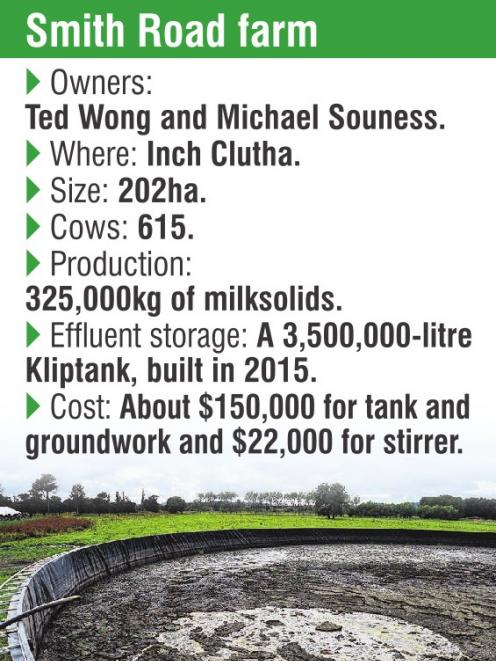
"If I could put 1,000,000 litres in here now I would to break up those solids, dilute it, stir it and get those nutrients on the ground."
The tank was about 50m wide so he was unsure if a contractor with a heavy-duty stirrer could produce enough energy to agitate the thick effluent.
When the effluent was thin enough, it was spread on the farm using a travelling irrigator and GPS technology for about two hours each day.
He was trialling a "witch’s brew", supplied by Agraforum area manager Morgan Lindsay, to introduce microbes to break down solids in the tank.
"Ask me in a year if that is working."
The cost of the microbe formula was about $3000 a year.
Mr Lindsay, who was on the tour, said the cost equated to 3c per cow per day.
The microbes "feast" on the organic matter and break down the crust on the top and solids on the bottom of the tank.
He claimed the microbes reduced levels of E. coli, Campylobacter and Salmonella, producing a better effluent to spread on pasture.
DairyNZ South Otago extension partner Gareth Baynham asked if there was any science behind the claims.
Mr Lindsay replied "yup", and told him he had a pamphlet about the science in his ute.
Mr Souness said a longer-term solution to combat the thick effluent issue could be to install a solid separator, such as a weeping wall.


